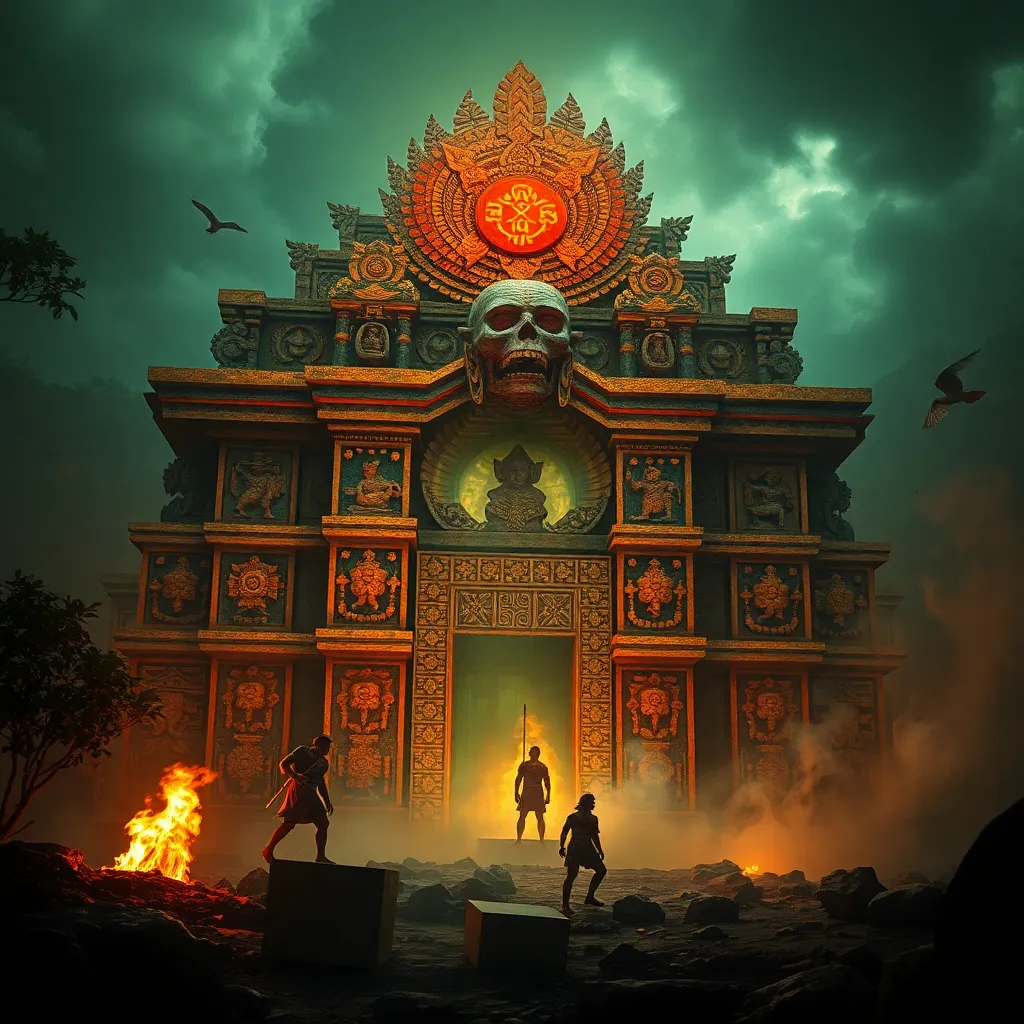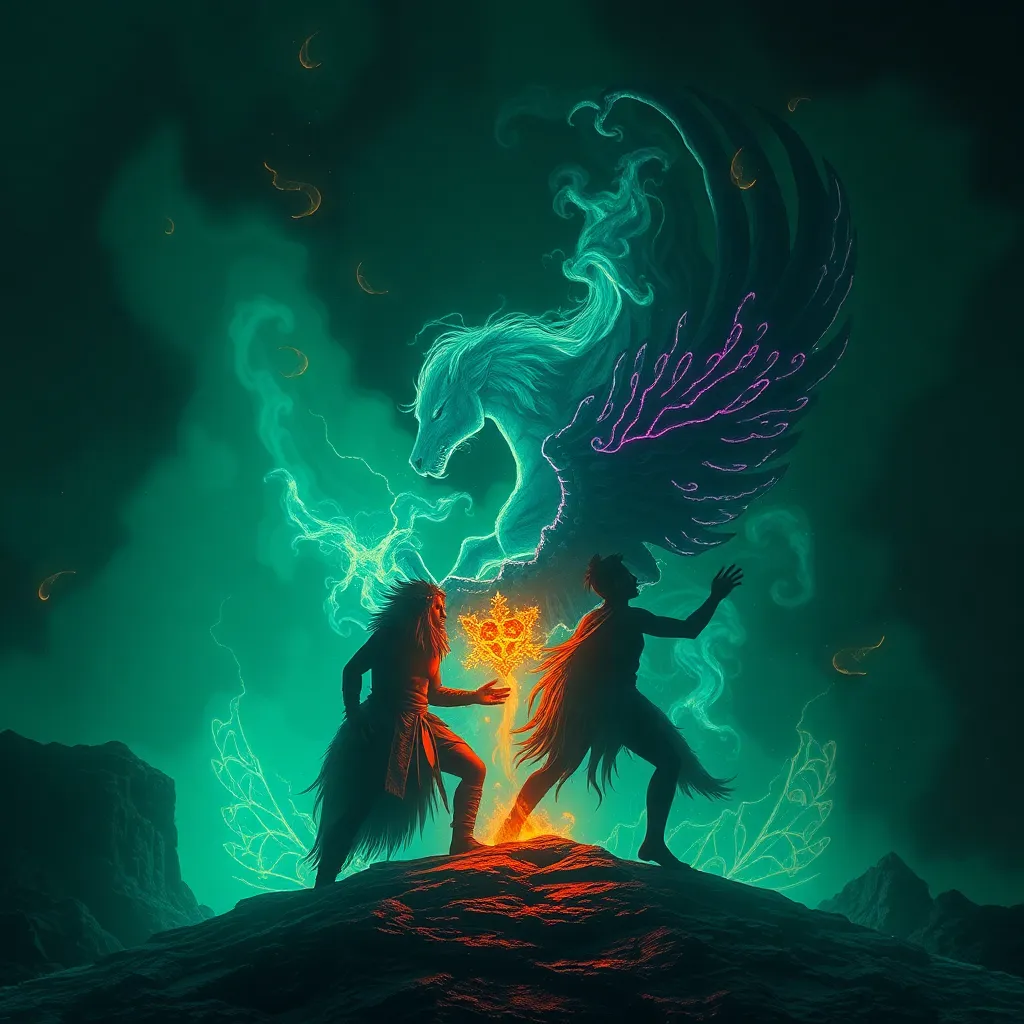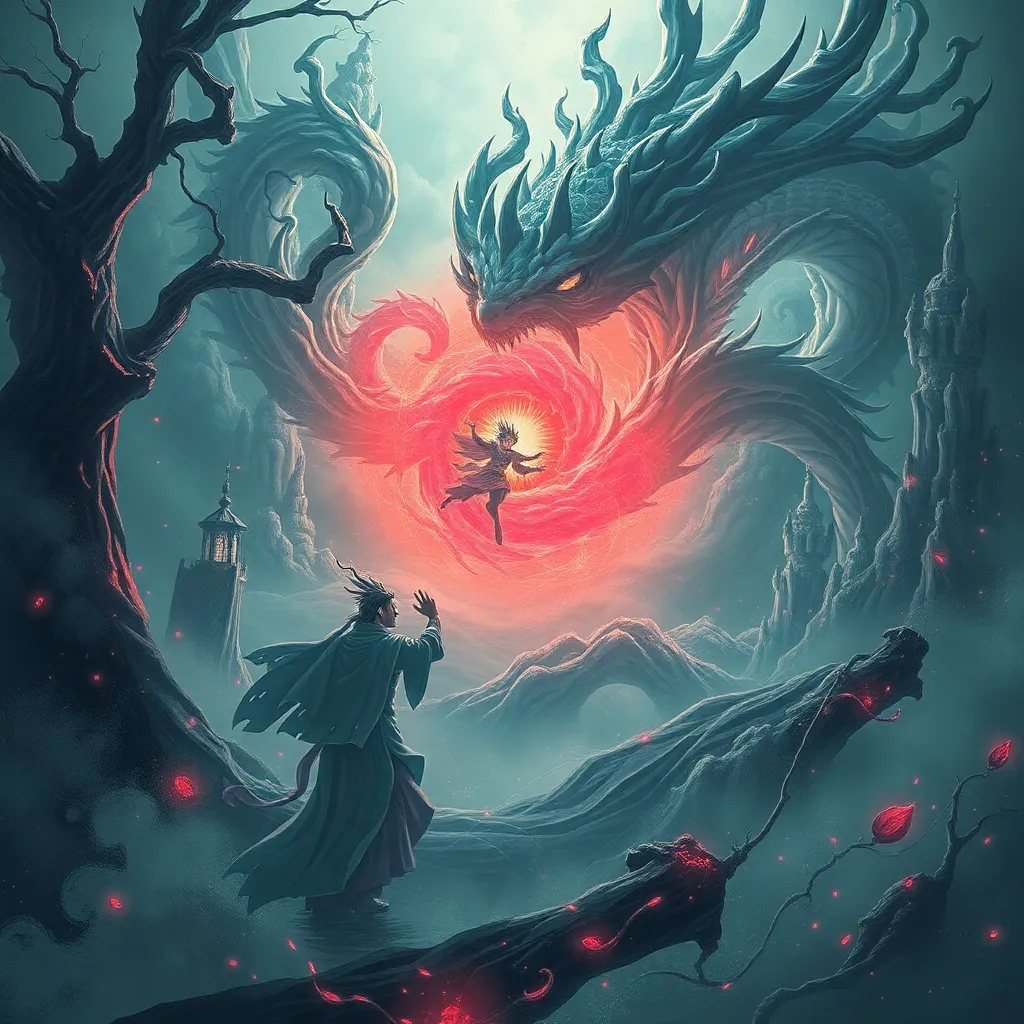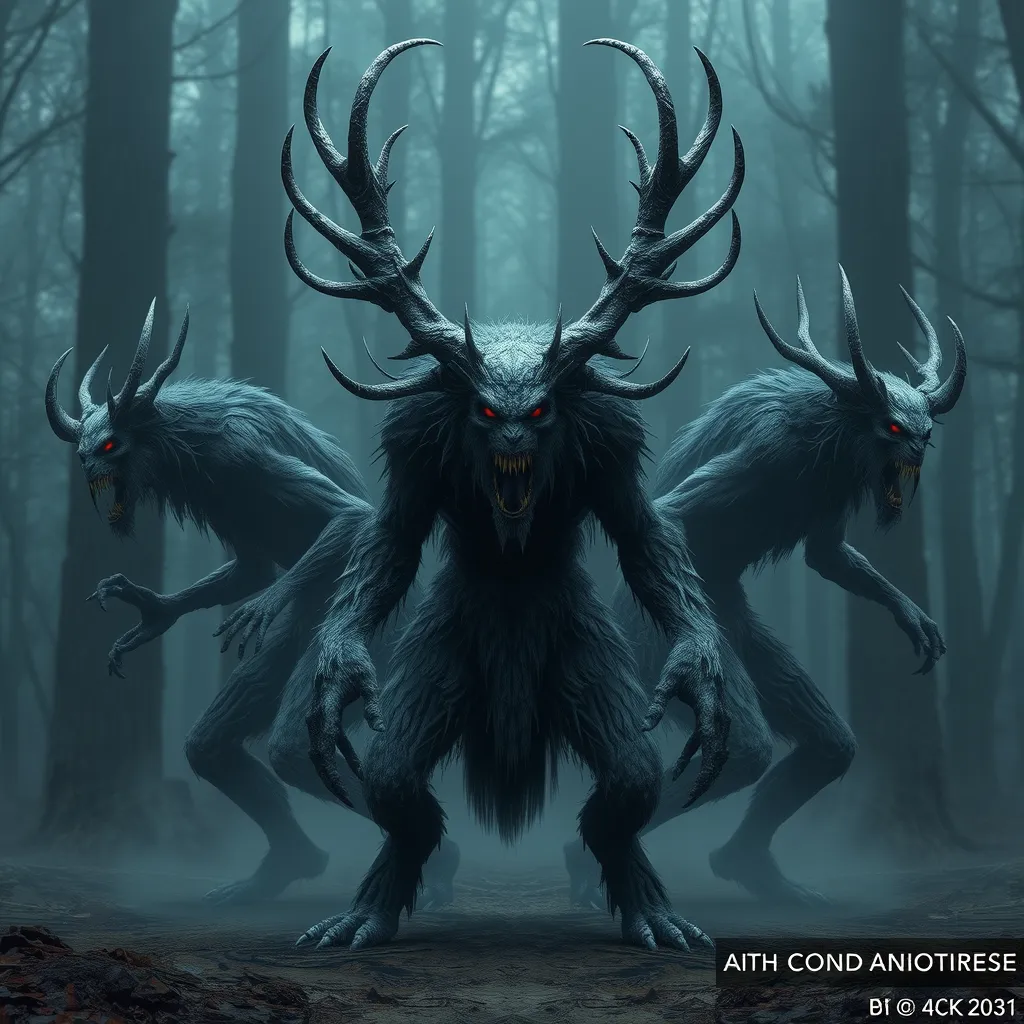The Aztec Afterlife: Ah Puch’s Influence on Death and Rebirth
I. Introduction
The Aztec civilization, known for its rich cultural tapestry and complex belief systems, held a distinct view of death and the afterlife. Unlike many cultures that perceive death as a finality, the Aztecs viewed it as a necessary transition, a passage to another realm. Central to this belief system was Ah Puch, the god of death, who played a pivotal role in shaping the Aztec understanding of mortality and rebirth.
Ah Puch, often depicted as a skeletal figure adorned with symbols of decay, embodies the duality of death—both an end and a precursor to renewal. Understanding Ah Puch’s influence on Aztec beliefs allows for a deeper appreciation of how the civilization navigated the concepts of life, death, and the cyclical nature of existence.
II. The Aztec Cosmology and Afterlife Beliefs
The Aztec worldview was deeply interconnected, emphasizing the spiritual dimensions of life and death. They believed in multiple realms comprising the universe, each with its own significance. The afterlife was not a singular destination but a complex network of realms where souls would journey based on their lives and the circumstances of their deaths.
- Mictlan: The primary underworld, where most souls would travel after death.
- The Sun: A realm for those who died in battle or during childbirth, honored as warriors and nurturers.
- Tlalocan: A paradise associated with the rain god Tlaloc, where those who died from water-related causes would reside.
In this cosmology, death was perceived as a transition rather than an end. Each soul’s journey after death was determined by their life experiences, showcasing the Aztec belief in moral and spiritual consequence.
III. Ah Puch: The Lord of the Underworld
Ah Puch, often referred to as the “Lord of the Underworld,” is a significant figure in Aztec mythology. His origins can be traced back to the earliest Mesoamerican cultures, evolving through various interpretations over time. He is primarily associated with death, decay, and the transformation that follows.
The attributes of Ah Puch are multifaceted:
- Physical Appearance: Depicted as a skeletal figure or a decaying corpse, often adorned with symbols of death, such as bones and a skull.
- Symbolism: Represents not only death but also the necessary decay that leads to new growth and transformation.
Artistic depictions of Ah Puch in Aztec artifacts, such as codices and sculptures, reveal his complex nature. He is often seen accompanied by symbols of death and the underworld, emphasizing his role as both a fearsome deity and a necessary part of the life cycle.
IV. The Journey to Mictlan
The process of dying in Aztec belief was intricate, marking the start of a journey to the underworld. Upon death, the soul embarked on a challenging path to Mictlan, guided by Ah Puch. This journey was fraught with trials and obstacles that the deceased had to navigate.
Ah Puch was pivotal in this journey, serving as both a guide and a judge. His presence ensured that souls moved through the underworld, facing their fates with dignity.
To ensure a safe passage to Mictlan, the Aztecs performed various rituals and made offerings:
- Burial Rites: Proper burials were essential, as neglecting them could prevent the soul from finding peace.
- Offerings: Food, incense, and other items were left at gravesites to aid the deceased on their journey.
- Rituals: Ceremonies conducted by priests to honor the dead and appease Ah Puch, ensuring the souls were welcomed in the afterlife.
V. The Concept of Rebirth in Aztec Beliefs
In Aztec culture, the cyclical nature of life and death was fundamental. Death was not seen as an endpoint but rather a precursor to rebirth—an essential part of the cosmic cycle. This cyclical view was closely associated with agricultural practices, emphasizing the importance of decay in fostering new life.
Ah Puch’s relationship with rebirth was profound. As the god of death, he facilitated the transformation of souls, allowing them to be reborn in various forms. This theme resonated deeply with the agricultural cycles, where the death of a plant leads to the growth of new life.
Thus, the interplay between death and rebirth permeated Aztec beliefs, creating a rich tapestry of understanding regarding existence and the natural world.
VI. Rituals and Practices Surrounding Death
Funerary practices and rituals honoring the dead were central to Aztec culture. These rituals served to acknowledge the deceased’s journey, celebrate their life, and seek the favor of Ah Puch.
The significance of offerings and sacrifices to Ah Puch cannot be overstated:
- Offerings: Items such as food, flowers, and incense were presented to appease the god of death and ensure the well-being of the deceased.
- Human Sacrifice: While controversial, human sacrifices were sometimes performed, believed to be a means of honoring the gods and ensuring cosmic balance.
Community involvement was crucial in these rituals. Priests played a vital role in conducting ceremonies, guiding the community in honoring their ancestors and maintaining the connection between the living and the dead.
VII. Legacy of Ah Puch in Modern Culture
The figure of Ah Puch continues to influence contemporary interpretations of death and the afterlife. In modern media and literature, he is often portrayed as a complex character, embodying themes of mortality, decay, and transformation.
Furthermore, the relevance of Aztec beliefs about the afterlife persists in today’s society, often reflected in:
- Art and Literature: Representations of Aztec mythology in books, films, and art continue to explore themes of death and rebirth.
- Community Rituals: Modern practices, particularly in regions influenced by Aztec culture, still honor ancestral connections and the cyclical nature of life.
VIII. Conclusion
Ah Puch’s influence on Aztec concepts of death and rebirth is profound, shaping a worldview where death is a transition rather than an end. Understanding ancient belief systems like those of the Aztecs provides valuable insights into human existence and the universal themes of life, death, and renewal.
The enduring legacy of Aztec afterlife beliefs, particularly through the lens of Ah Puch, continues to resonate in contemporary culture, reminding us of the intricate relationships between life, death, and what lies beyond.



